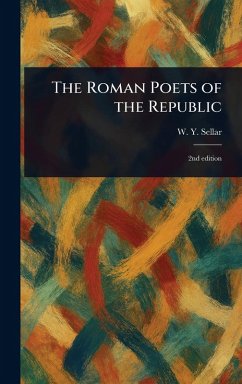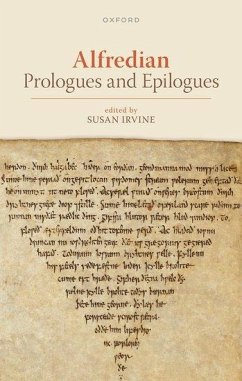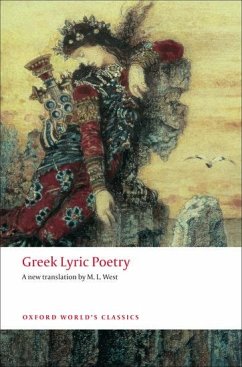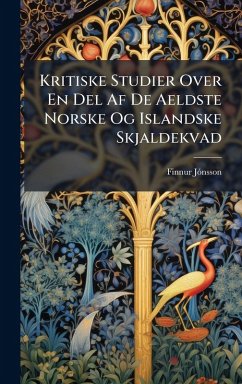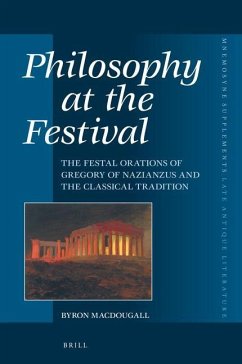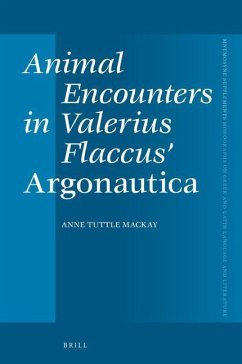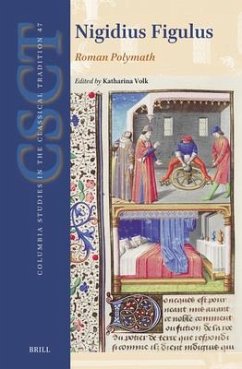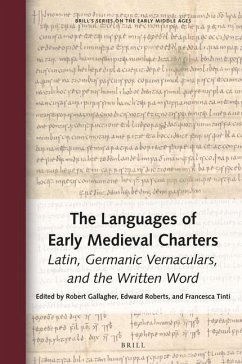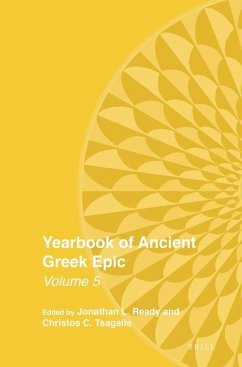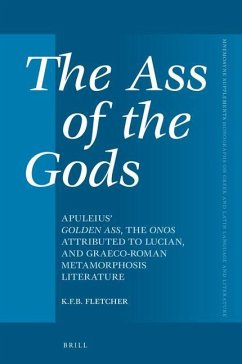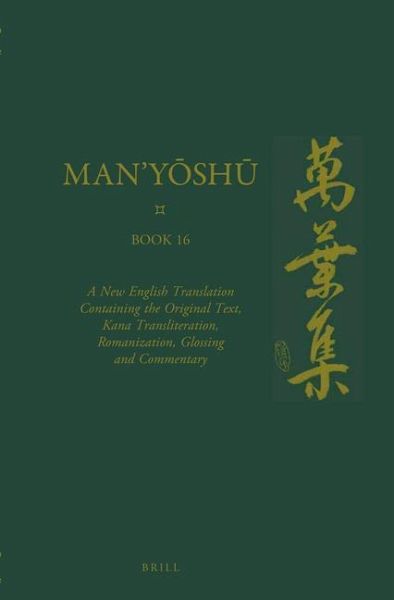
Man'yōshū (Book 16)
A New English Translation Containing the Original Text, Kana Transliteration, Romanization, Glossing and Commentary
Herausgeber: Vovin, Alexander / Übersetzer: Vovin, Alexander
Versandkostenfrei!
Versandfertig in über 4 Wochen
164,99 €
inkl. MwSt.

PAYBACK Punkte
82 °P sammeln!
Book sixteen of the Man'yōshū ('Anthology of Myriad Leaves') continues Alexander Vovin's new English translation of this 20-volume work originally compiled between c.759 and 785 AD. It is the earliest Japanese poetic anthology in existence and thus the most important compendium of Japanese culture of the Asuka and Nara periods.



